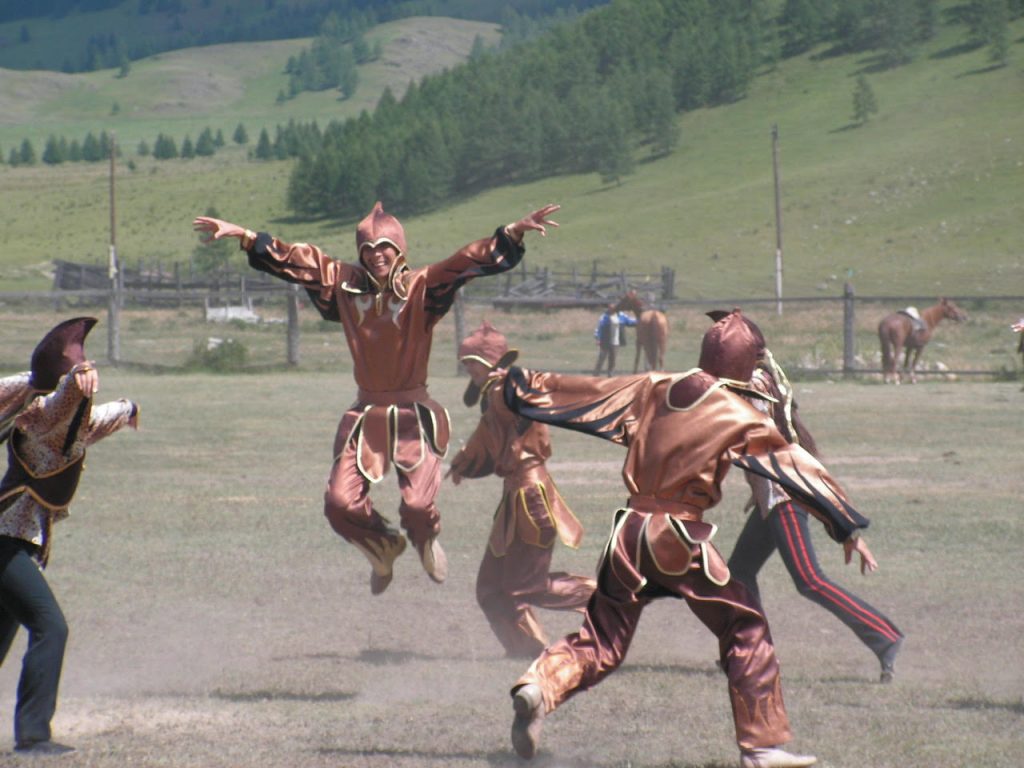Article 12 of the UN Declaration on the Rights of Indigenous Peoples (UNDRIP) states that “Indigenous peoples have the right to manifest, practice, develop and teach their spiritual and religious traditions, customs and ceremonies; the right to maintain, protect, and have access in privacy to their religious and cultural sites; the right to the use and control of their ceremonial objects; and the right to the repatriation of their human remains. Thus, States shall seek to enable the access and/or repatriation of ceremonial objects and human remains in their possession through fair, transparent and effective mechanisms developed in conjunction with the indigenous peoples concerned.”
In the spirit of this principle, the Tengri School of Spiritual Ecology and the “Experiment” Youth Initiative Group implemented a project to preserve the indigenous Altaian peoples’ sacred sites in Russia that they regard as markers of their ancestors’ holistic knowledge. The project’s initiators protected the integrity of the sites so that their spiritual and ecological significance could be appreciated by new generations. This move was borne out of threats to the Altaian people’s control over their territories from economic interests and political changes that came to Russia in recent decades. Altaians were determined to keep their lands, especially their sacred sites from commercial incursion by declaring them conservation areas. Tourism-oriented promotion of traditional culture was no help either, further degrading the integrity of what they wanted to protect.
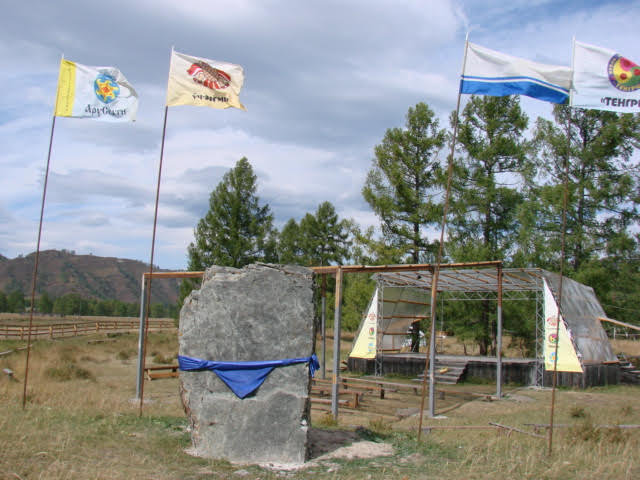
Community members inventoried and documented their heritage sites to protect and conserve them. “As indigenous Altaians, we are asserting our rights to cultural self-determination by protecting our sacred sources of knowledge,” the community declared. It was an undertaking that demanded time to identify buffer zones and to have these listed on the cadastral registry. No such efforts had been previously initiated and no one among the locals had expertise in land surveying, nor were there leaders knowledgeable in real estate laws and land ownership matters. They lacked financial resources to secure their land rights.
The project team conducted consultations at the municipal and community levels to identify important areas of traditional culture and determine their significance and use. Local residents were interviewed for information on the sites and territories. Lacking expertise in these fields and methodologies, the project team consulted with relevant organizations and experts.
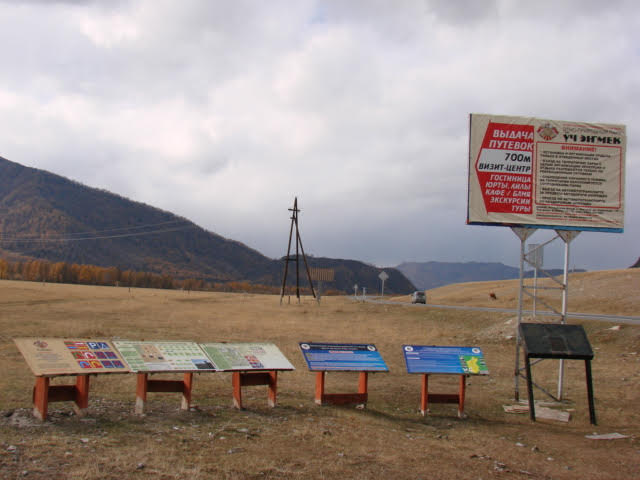
The group was comprised of indigenous young adults who learned how to identify lands considered especially important for future development of indigenous culture in Altai Republic. Their surveys provided them information to determine boundaries for enforcement and conservation purposes. Having documented and registered the sites, they plan to establish rights to access to them, and indigenous community councils met and wrote down agreements on joint use, shared use policy, and guidelines to convey these rights to future generations.
They identified twelve mountainpeaks, twelve naturalsprings, three ofwhichhavearzhan (mineralhealingsprings), andtheremainingnine havesacredenergyas sacred and and historical sites. Six areas were identified as archaeological sites with specific sacred or spiritual objects and six ancient burial sites. They also began to document six natural springs, four sacred trees, and a sacred stone. The project is a continuing effort,with projectleaders working on improvements to these sites especially those frequently visited, such as the naturalspringatBichiktuBoomvillageandon MezhelikMountain. These have been fenced and trailswere developed, including informational signage. The same was done for Bashadar burial sites. Lastly, the team drafted designconcepts forthe confluence of the sacred ChuyaandKatunRivers as well as the Tuektinskyburialcomplex.
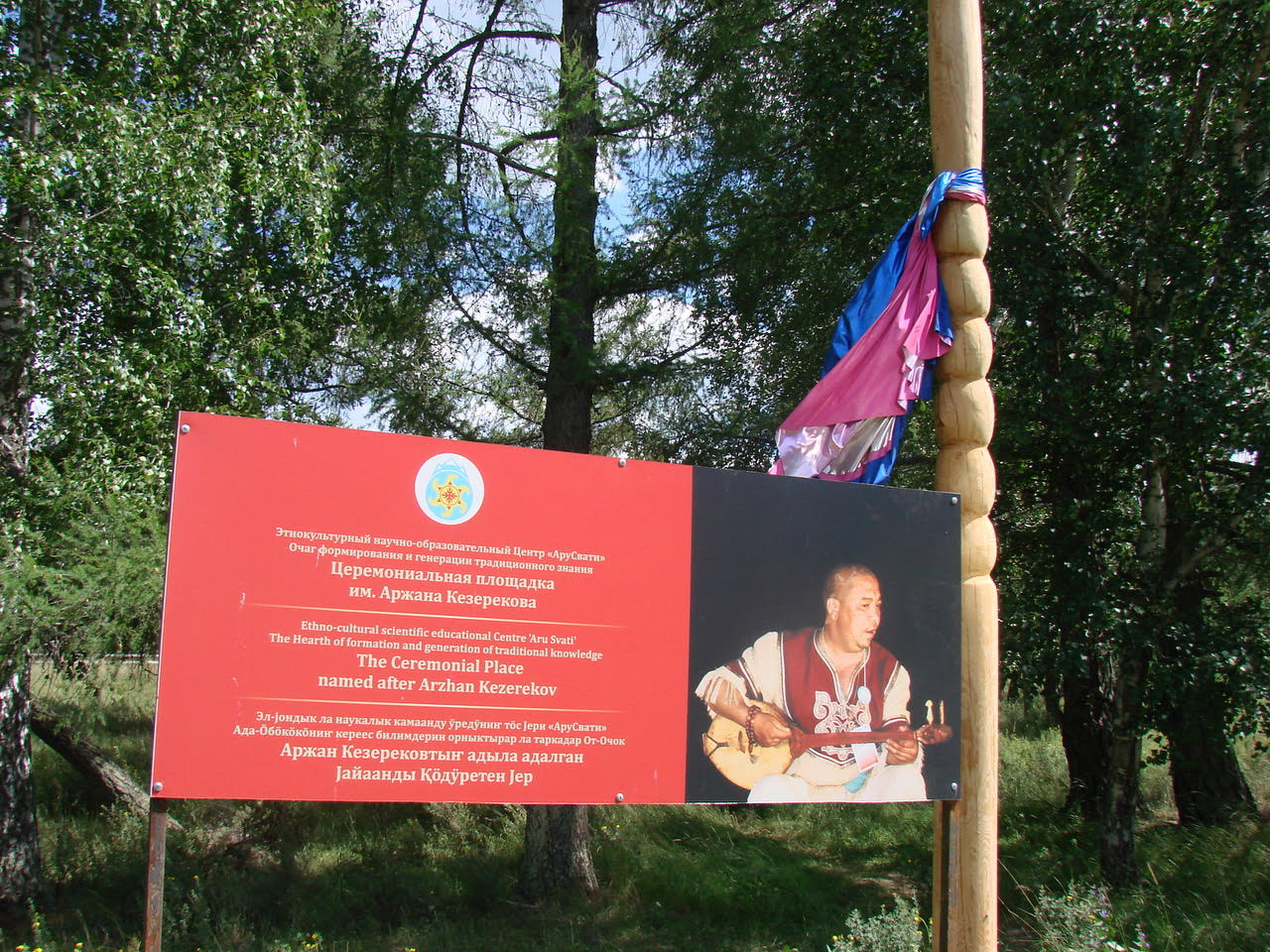
Numerous challenges were hurdled, but the project was doubly a landmark and a crucial assertion of the cultural rights of the Altaian peoples to safeguard the vestiges of their ancestors’ Traditional Knowledge. The process of restoring the Sacred Karakol Valley as an institution for the formation and generation of traditional knowledge that was begun by the joint efforts of Tengri School for Spiritual Ecology and Pawanka Fund continues in the work of AruSvati Ethnocultural Scientific Education Center.
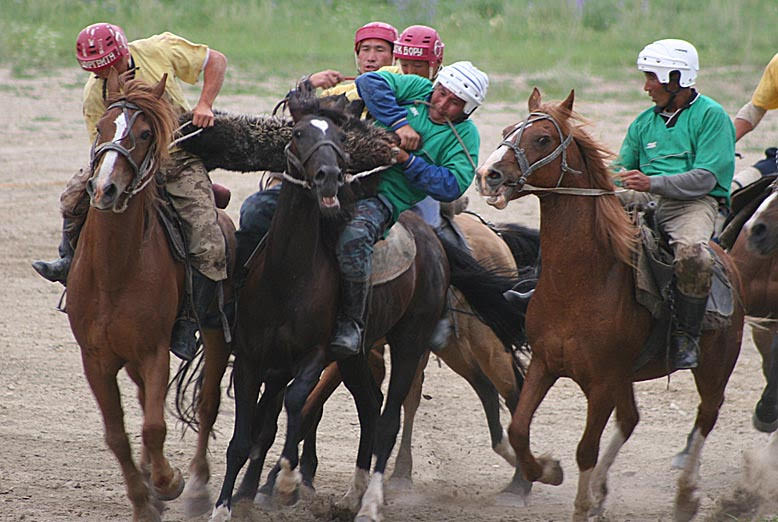

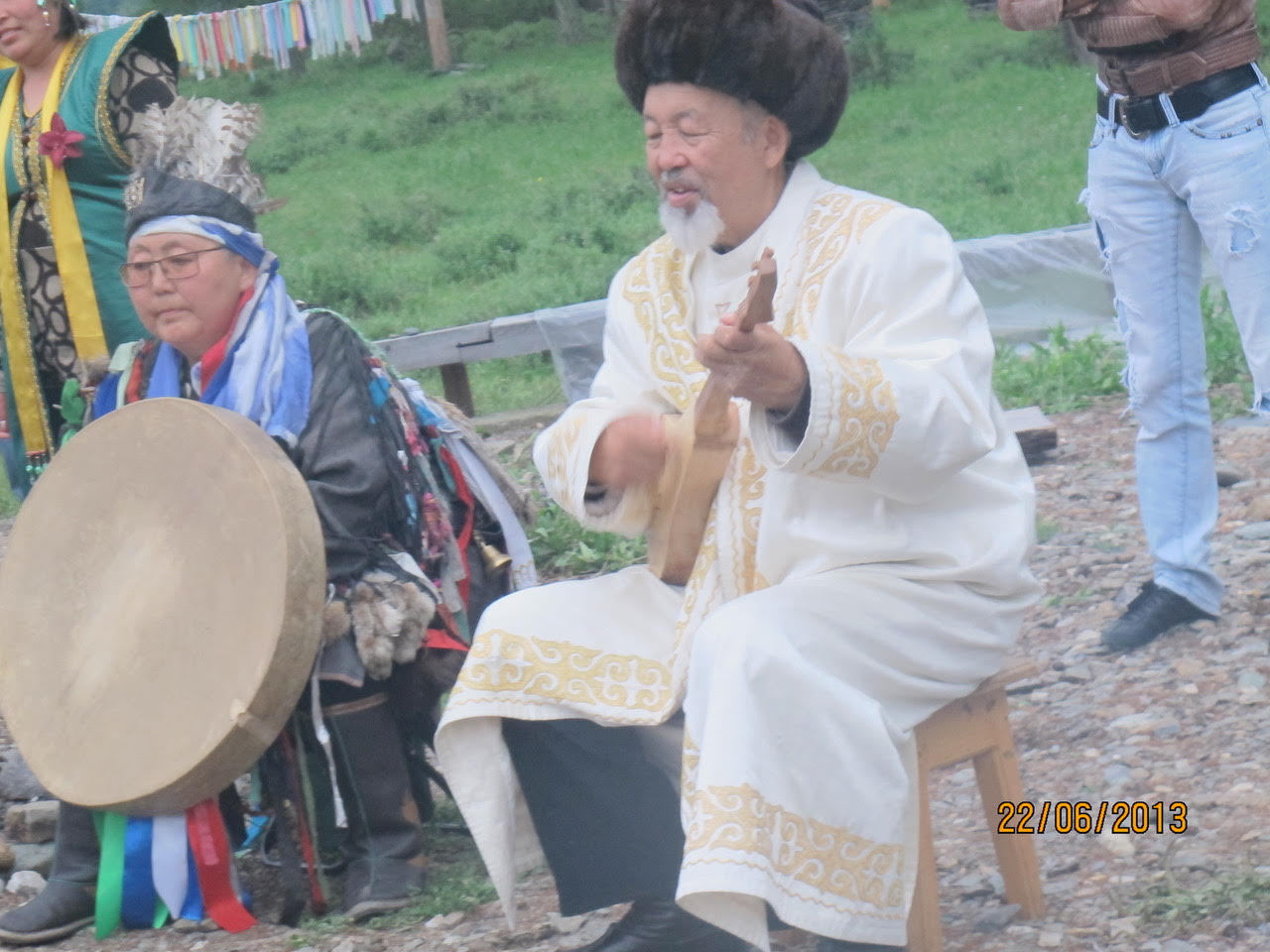
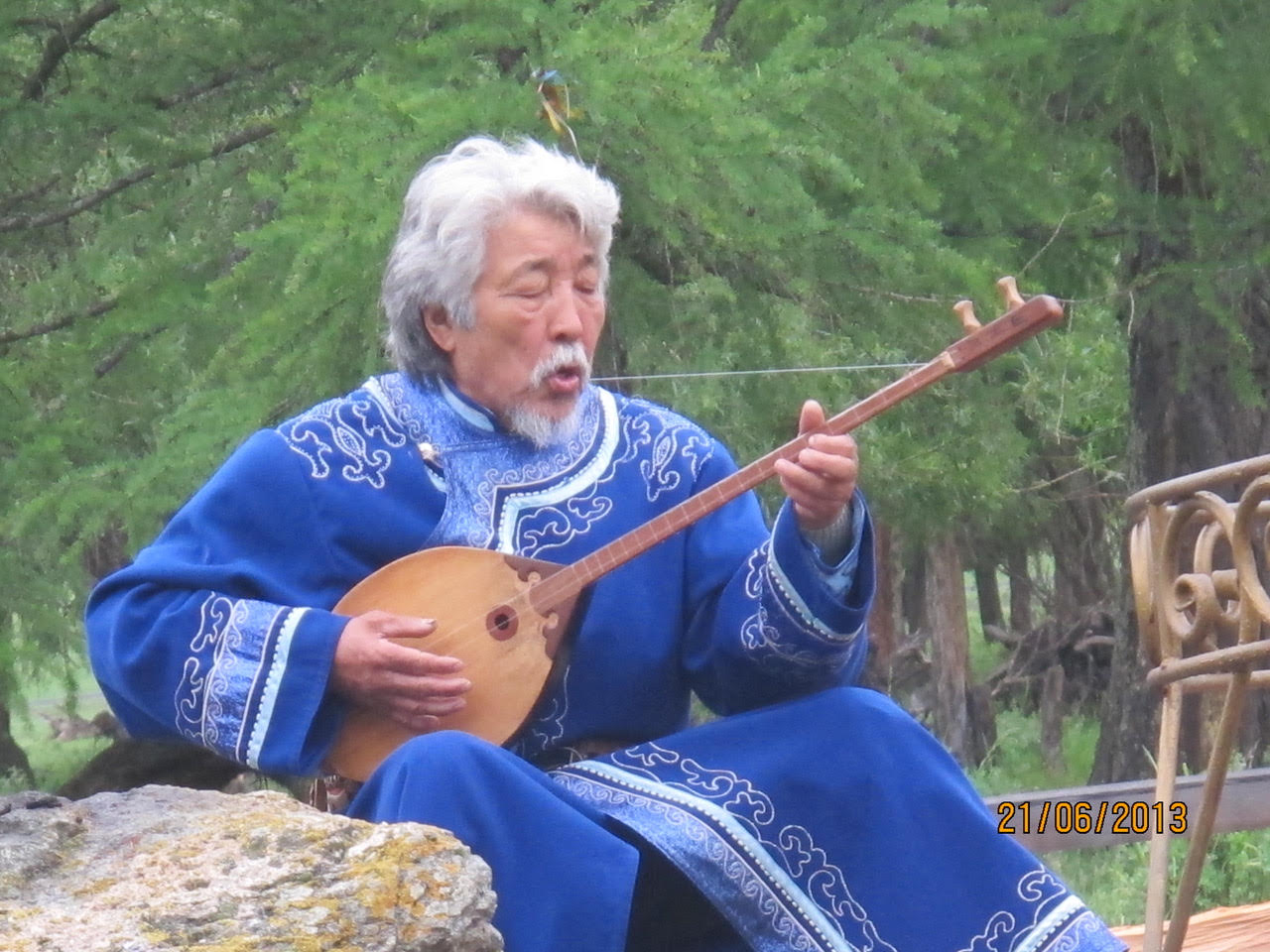
The project Traditional Markers was implemented by the Tengri School of Spiritual Ecology and the “Experiment” Youth Initiative Group in 2016 with the support of PAWANKA Fund.

